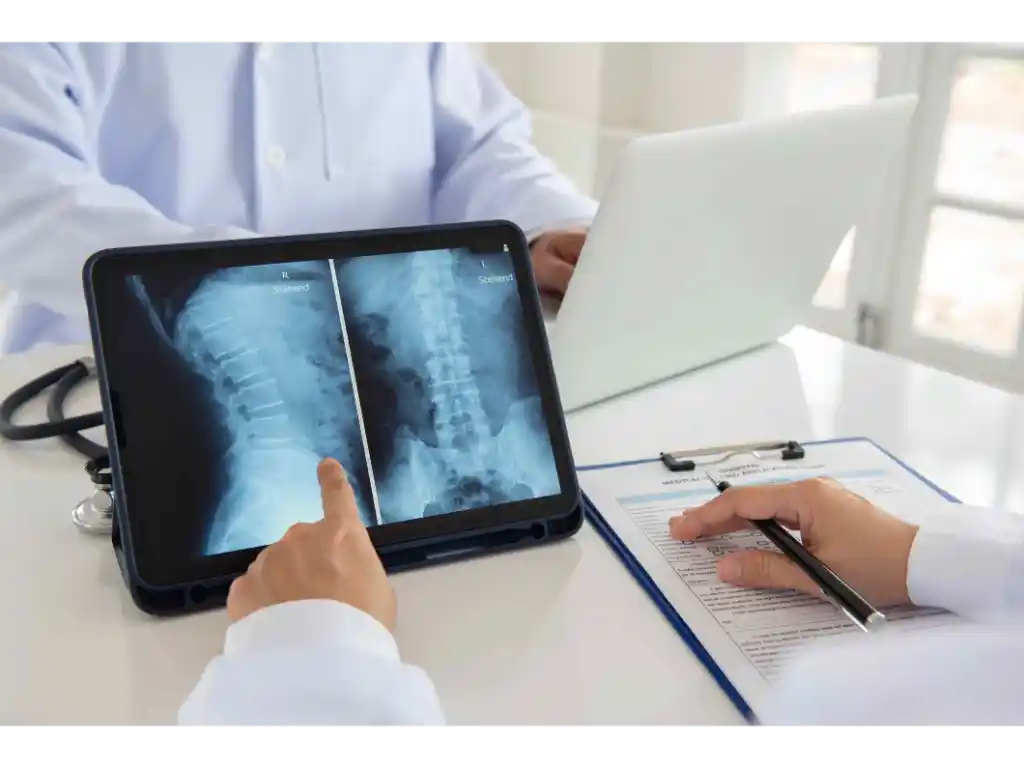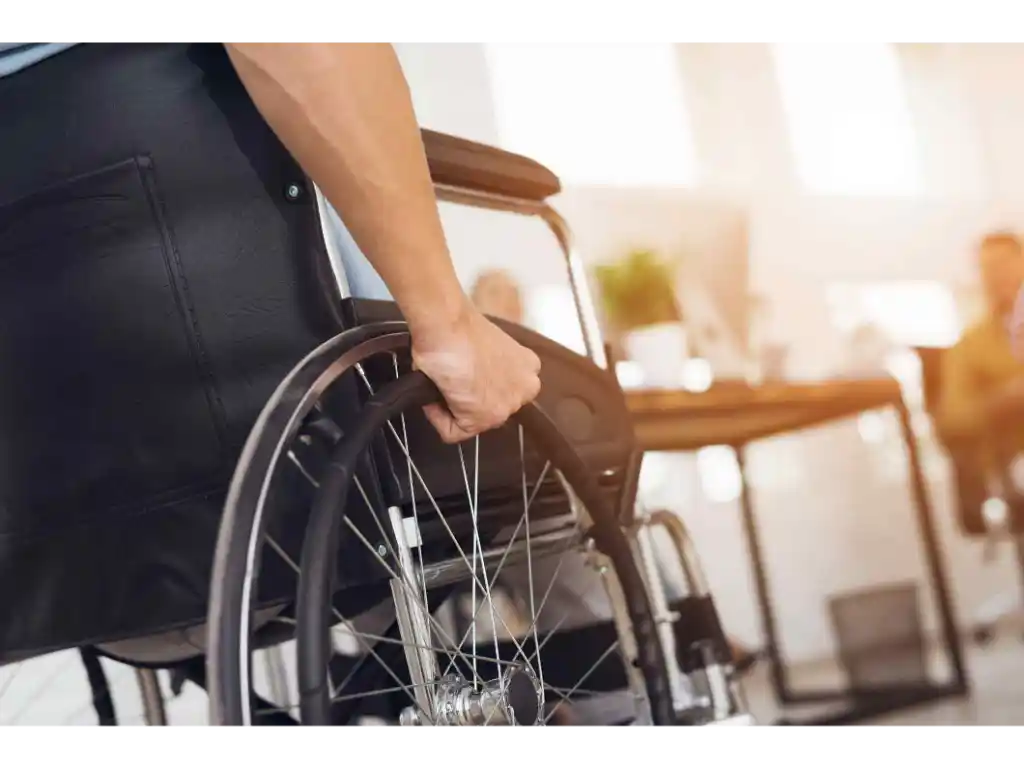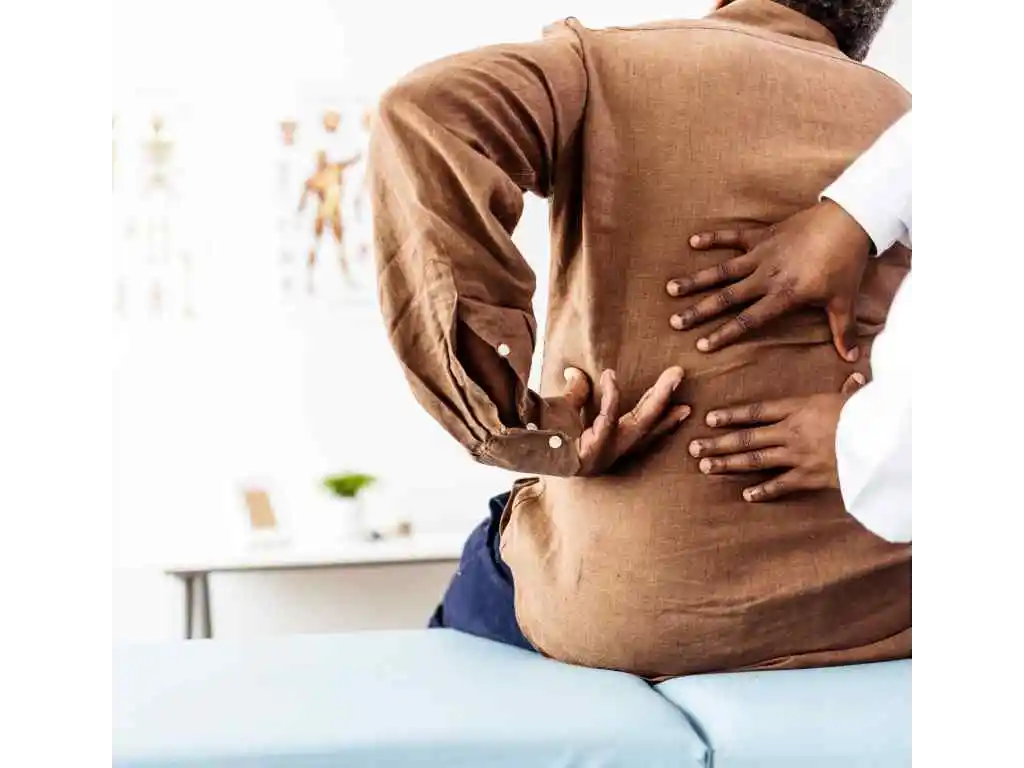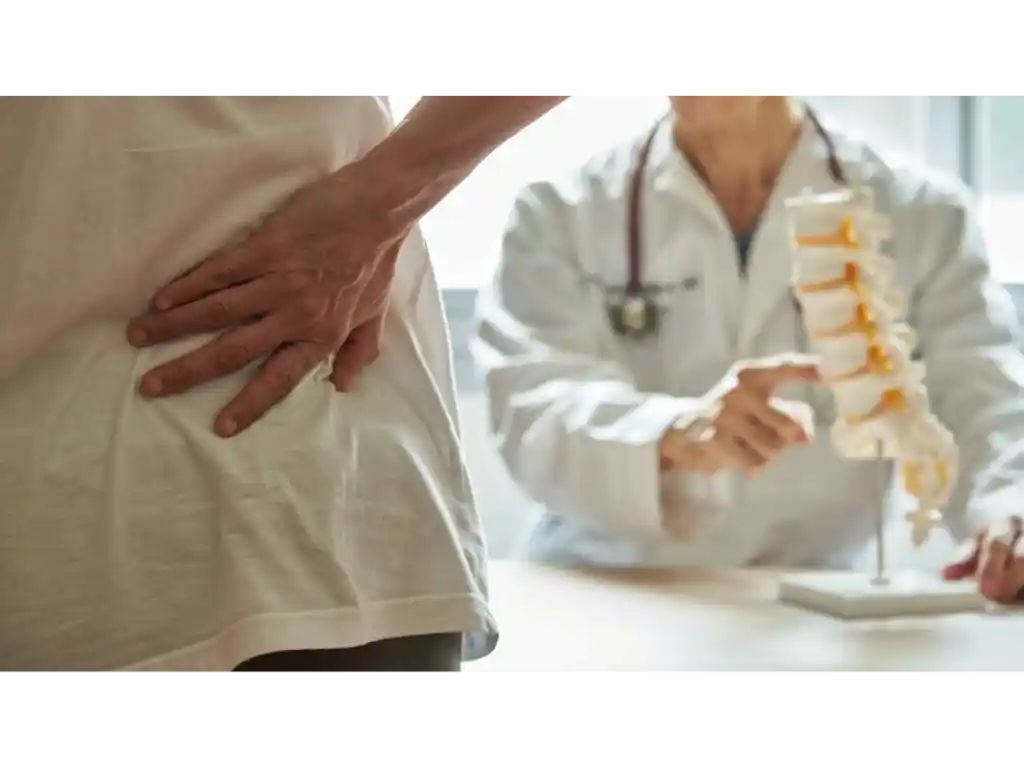
Heart Arrhythmia Is Common Six Months After Spinal Cord Injury
The primary complication of spinal cord injury (SCI) is loss of motor function in some or most of the body. However, the generalized nerve damage caused by SCI can lead to a host of other post-injury complications. For instance, an injured spine can cause dysregulated nerve input in any organ below the injury level. Cervical SCI (which occurs in the neck) in particular is associated with disrupted function of the heart, which relies on neurons to beat at a steady, healthy pace. These disruptions can cause cardiac arrhythmia, a potentially dangerous irregularity in heartbeat.
While the association between cervical SCI and cardiac arrhythmia is well known, less research has investigated the relationship between heartbeat and thoracic SCI (which occurs in the mid-back back). A collaborative international study investigated this question by analyzing the heartbeats of 55 patients with acute traumatic SCI, 44 of whom had cervical injury and 11 of whom had thoracic injury. Each patients’ heart rhythms were continuously monitored for 24 hours at six time points: immediately following hospital admission, once a week for the first month, and once at six months post-injury. The research team analyzed these cardiac recordings to identify intermittent episodes of sinus bradycardia (slowed heartrate).
They compared recordings captured from cervical SCI and thoracic SCI patients, finding that:
- In the month immediately after SCI, mean heartrate was lower in the cervical injury group than in the thoracic injury group.
- By six months, there were no significant differences in arrythmia at six months after SCI.
- About 1 in 3 patients still experienced bradycardic arrythmias at the six-month mark.
These results indicate that thoracic SCI confers similar risk of cardiac arrhythmia relative to cervical SCI. Given that arrhythmia persisted in both groups at six months post-injury, clinicians are encouraged to consider the first six months to be a critical window for cardiac rehabilitation. Going forward, researchers hope to extend the study period to include the 12 months following SCI to determine cardiac outcomes in the first year after injury.
Balthazaar SJT, Sengeløv M, Bartholdy K, et al. Cardiac arrythmias six months following traumatic spinal cord injury. The Journal of Spinal Cord Medicine. (July 2021).
Ask A Question,
Tell Us Your Situation, &
Get A Free Consultation
Contact Us & We’ll Guide You Through Your
Next Steps!
Required Fields*
Your Information Is Safe With Us.
We respect your privacy. The information you provide will be used to answer your question or to schedule an appointment if requested.
Heart Arrhythmia Is Common Six Months After Spinal Cord Injury

The primary complication of spinal cord injury (SCI) is loss of motor function in some or most of the body. However, the generalized nerve damage caused by SCI can lead to a host of other post-injury complications. For instance, an injured spine can cause dysregulated nerve input in any organ below the injury level. Cervical SCI (which occurs in the neck) in particular is associated with disrupted function of the heart, which relies on neurons to beat at a steady, healthy pace. These disruptions can cause cardiac arrhythmia, a potentially dangerous irregularity in heartbeat.
While the association between cervical SCI and cardiac arrhythmia is well known, less research has investigated the relationship between heartbeat and thoracic SCI (which occurs in the mid-back back). A collaborative international study investigated this question by analyzing the heartbeats of 55 patients with acute traumatic SCI, 44 of whom had cervical injury and 11 of whom had thoracic injury. Each patients’ heart rhythms were continuously monitored for 24 hours at six time points: immediately following hospital admission, once a week for the first month, and once at six months post-injury. The research team analyzed these cardiac recordings to identify intermittent episodes of sinus bradycardia (slowed heartrate).
They compared recordings captured from cervical SCI and thoracic SCI patients, finding that:
- In the month immediately after SCI, mean heartrate was lower in the cervical injury group than in the thoracic injury group.
- By six months, there were no significant differences in arrythmia at six months after SCI.
- About 1 in 3 patients still experienced bradycardic arrythmias at the six-month mark.
These results indicate that thoracic SCI confers similar risk of cardiac arrhythmia relative to cervical SCI. Given that arrhythmia persisted in both groups at six months post-injury, clinicians are encouraged to consider the first six months to be a critical window for cardiac rehabilitation. Going forward, researchers hope to extend the study period to include the 12 months following SCI to determine cardiac outcomes in the first year after injury.
Balthazaar SJT, Sengeløv M, Bartholdy K, et al. Cardiac arrythmias six months following traumatic spinal cord injury. The Journal of Spinal Cord Medicine. (July 2021).
Post tags
Table of contents
Related Blog Posts

Suicide Is a Common Cause of Death After Spinal Cord Injury
A new study from the Czech Republic analyzed medical records from 990 SCI patients who were admitted to the Spinal Cord Unit at the University Hospital Motol between 2004 to 2018.

Respirator Dependence Is Associated with Higher Mortality After Cervical Spinal Cord Injury
Spinal cord injury (SCI) can occur in any area of the spine, which is typically divided into three regions: Cervical: The neck Thoracic: The upper back Lumbar: The lower back In most cases, SCI-related motor…

Causes of traumatic spinal cord injury vary substantially by age.
Traumatic spinal cord injury (SCI) is a devastating, permanent condition that often results in partial or total loss of motor function in some or all of the limbs. Importantly, most injuries that lead to SCI—such…

